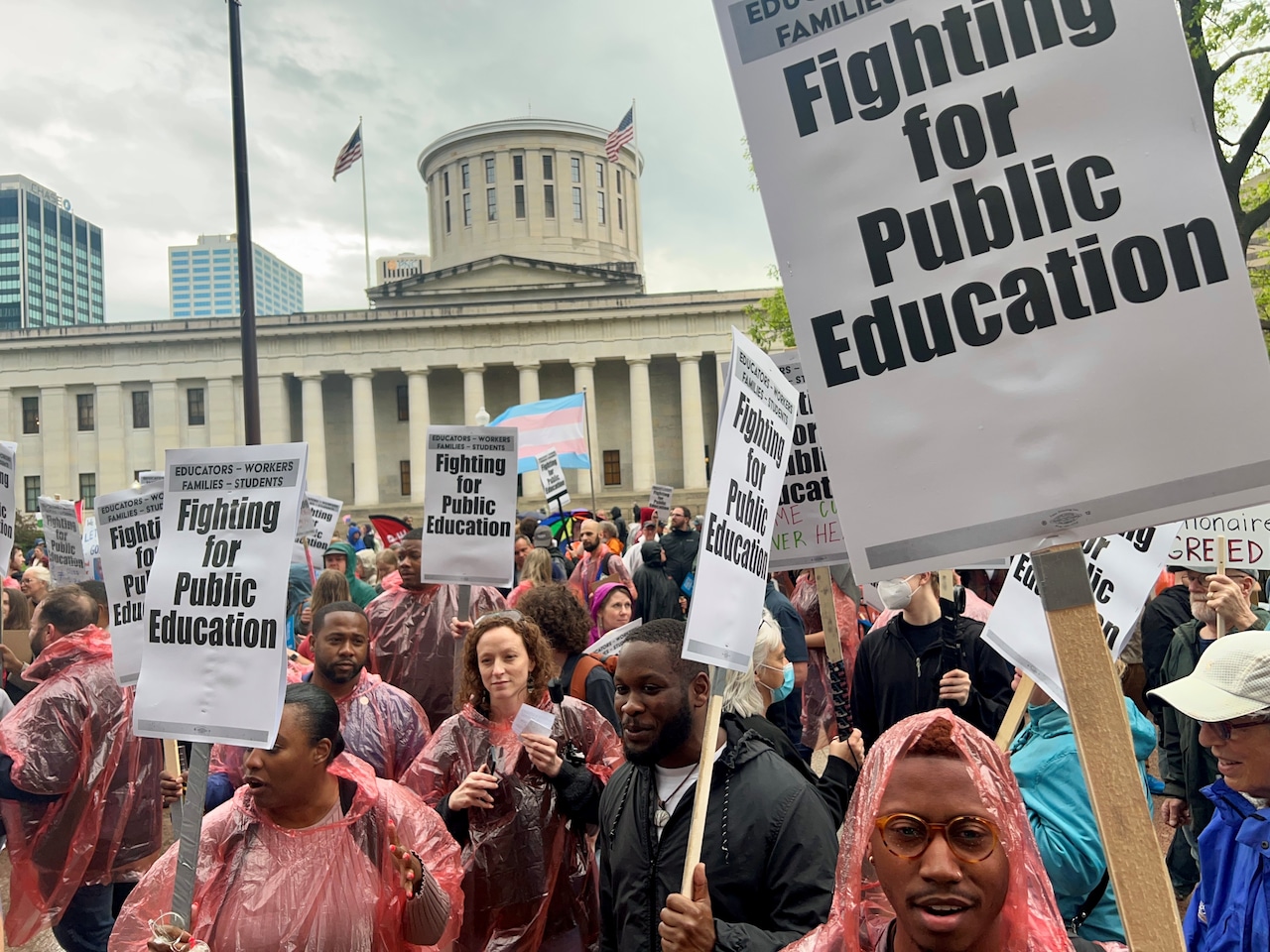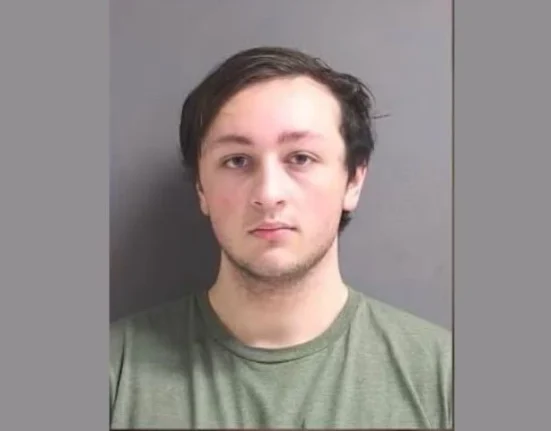COLUMBUS, Ohio — Ohio voters remain wary of new taxes, approving 40% of new school levy requests Tuesday as they contend with rising property tax bills.
That’s better than both the March 2024 primary, when 16% of new school levies passed, and the presidential election, according to the Ohio School Boards Association.
But approval of new school taxes has been underwater for several election cycles. While a majority of renewal levies continue to pass, new funding requests have struggled at the ballot box.
One likely culprit for this shift is rising property taxes.
Ohioans pay more in property taxes than residents of New York or California, according to the Tax Foundation, which ranks Ohio 8th in the nation for property tax burden.
“Ohio is the most levied state in the country,” said House Minority Leader Allison Russo, a Columbus Democrat. “The reason that we are so over-levied is because the state does not step up to do its part.”
Here are three takeaways from Tuesday’s results, and what they might mean for property tax reform.
1. Property tax fatigue is real–and growing.
Skyrocketing property values, rising bills and inflation appear to be fueling voter backlash against new levies.
“It’s not a surprise that we have many districts who cannot get a levy passed because residents, homeowners feel very overburdened,” Russo said. “They are levied for everything.”
Some voters are so frustrated they’re trying to amend the state constitution to eliminate property taxes altogether. House Speaker Matt Huffman, a Lima Republican, wasn’t shocked.
Read more: Should Ohio eliminate property taxes? Citizens’ group moves to put issue on ballot
“That is coming if something doesn’t happen… ,” Huffman said. “It’s a bit of a reality check for people.”
But the reasons for this growing frustration depends on who you ask.
“For literally 20 years the legislature has been pushing income taxes down, and it creates a pressure on property taxes,” said University of Cincinnati politics professor David Niven, a former Democratic aide.
Republicans, like Huffman, say the complexity of Ohio’s property tax system created loopholes that allow certain local governments and school districts with specific levy types to reap windfalls from rising home values.
2. Lawmakers agree relief is needed.
There is bipartisan agreement that property taxes have become a problem. But consensus on what to do about it remains elusive.
House Republicans put a potential $4.2 billion property tax cut into the state operating budget.
The GOP plan would cap how much money schools can save from year to year at 30% of annual operating costs. Districts carrying more would be forced to spend down their reserves to the 30% level or refund the excess to homeowners.
“If we want immediate tax relief, which I think Ohioans do, I think this is the best approach,” Huffman said.
Democrats think that’s a terrible idea.
They argue the plan would result in unequal relief, since only districts with large savings would have to refund money. And while it might offer a short-term benefit to homeowners, it could lead to more school levies and limit districts’ ability to plan for the future.
“We had a property tax study commission… ,” Russo said. “There are many options on the table, but it appears there is no political will from the majority.”
3. Turnout was low–so it’s hard to draw sweeping conclusions.
About 10% of Ohio voters participated in Tuesday’s primary. That’s less than half the turnout seen in 2024’s presidential primary, which drew 22% thanks to hotly contested Republican races for president and U.S. Senate.
Niven said comparing those two primaries to each other isn’t a good idea because 2024 skewed heavily Republican.
Of the three most recent elections, November’s 2024 presidential vote may offer the clearest read on where Ohio voters stand.
Turnout was broader and more representative, with fewer partisan distortions than the primaries.
“The legislature has created a property tax bomb,” Niven said. “We’ve seen uprisings in California and Florida. Places where the property taxes overwhelmed people, and we’re headed for one here.”
Anna Staver covers state government and politics for Cleveland.com/The Plain Dealer.







